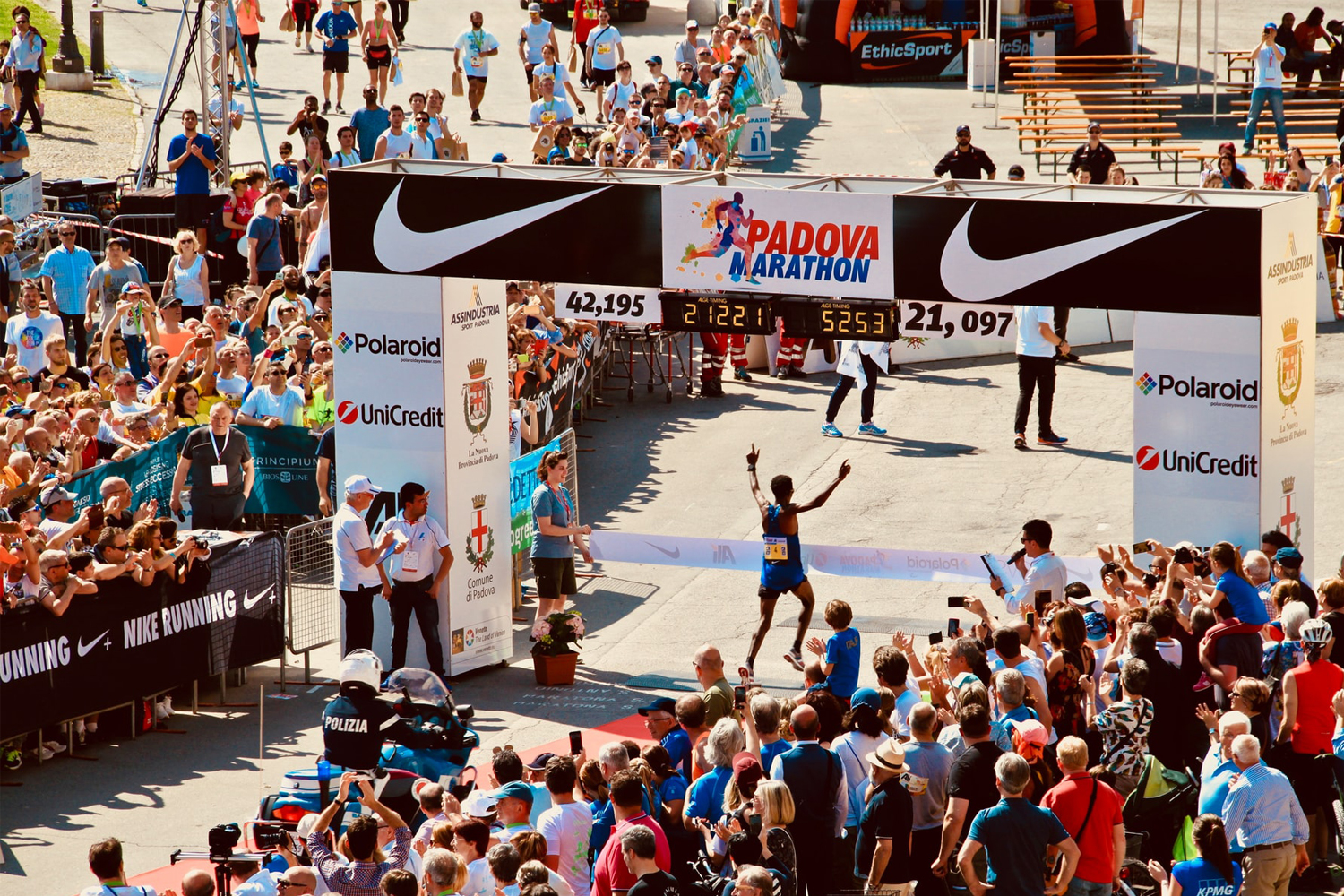
Anyone can make a training plan. But a good coach knows how to plan a season that unlocks an athlete’s true potential. Joe Friel is joined by a full line-up of master coaches in this module that will expand your thinking.

Anyone can make a training plan. But a good coach knows how to plan a season that unlocks an athlete’s true potential. Joe Friel is joined by a full line-up of master coaches in this module that will expand your thinking.